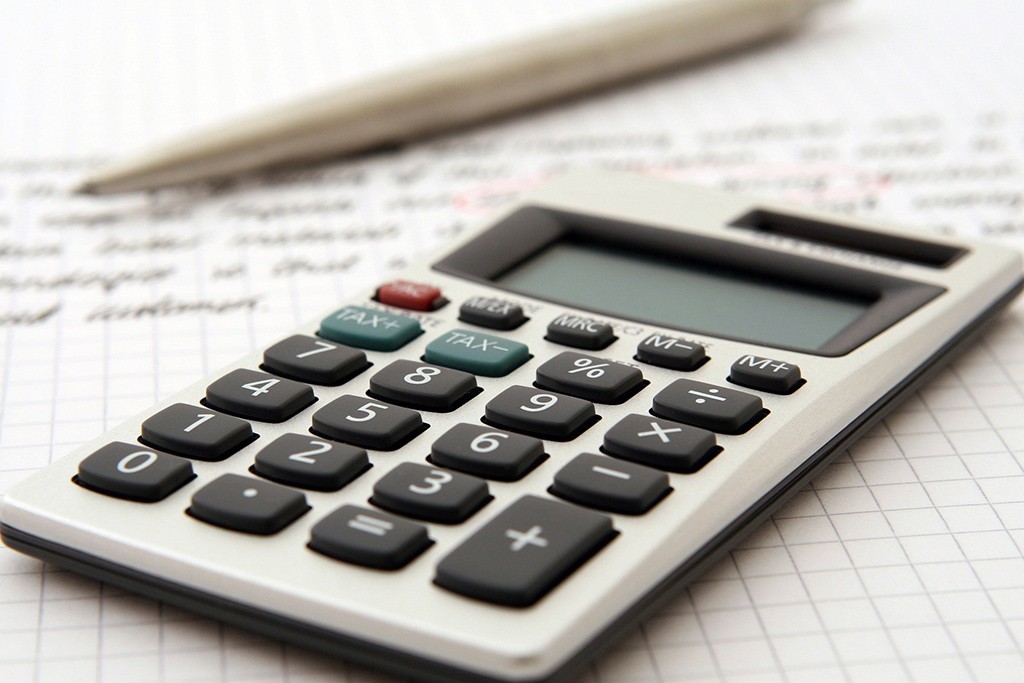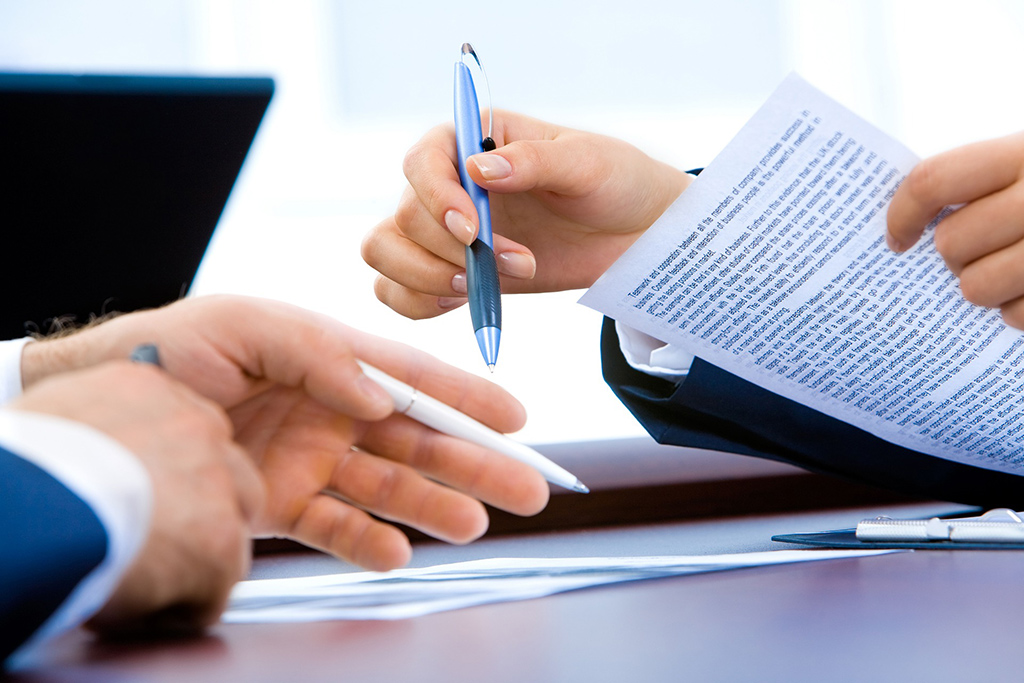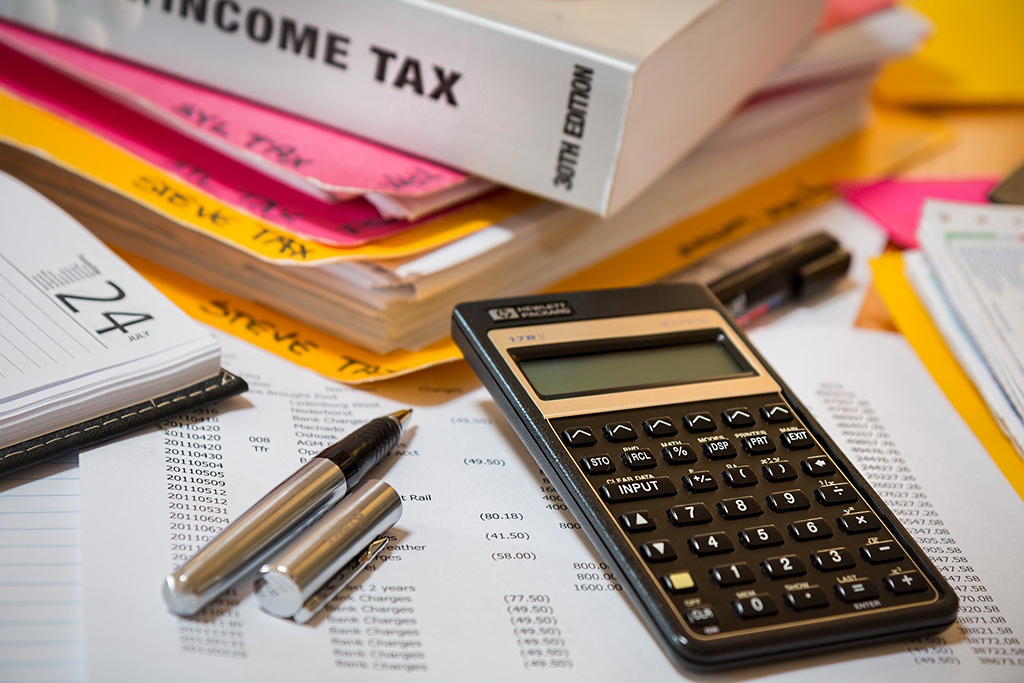
6 Steps to Get an SBA Loan
An SBA 7(a) loan is a government-backed loan provided by financial institutions like banks and credit unions. The SBA doesn't lend directly, but they insure these loans in case a borrower defaults. This makes the SBA 7(a) loan an attractive option for lenders, since it reduces some of the risk involved. You can use the SBA 7(a) loan for a variety of things, including the purchase a business.
According to the SBA website, the average loan amount is $340,000. The maximum amount you can borrow is $5 Million and there is no minimum.
The application process and paperwork required for the approval for an SBA 7(a) loan can be lengthy. You need to know going into this process that it is going to take some time. Follow these steps to make your experience successful.
1. Determine if You Qualify.
SBA 7(a) loans have stricter qualification requirements than other business loans. In order to qualify the buyer will need to meet the following minimum requirements:
- Credit score of at least 690
- No bankruptcies in the past three years
- Have at least 10% of the purchase price for a down payment
- If you are buying a franchise, then you will need to pay the franchise fee before the loan funds are released
- A clean criminal history, or the ability to explain any misdemeanors on your record
- No current Federal debt
- Industry experience or proven record of running a business and managing people
2. Determine if the Business Qualifies.
The business that will benefit from the loan will need to meet the following requirements:
- A for-profit entity
- By definition a small business
- Based in the United States
- The business owner has invested their own time or money into the business
- A business that has exhausted its other financing options
3. Do Your Homework.
Before you start contacting lenders you should do some homework. Most lenders expect you to have some kind of business plan for a business startup. For purchasing an existing business, the business plan doesn’t have to be an extensive. You need to know how much you want to borrow. Typically, the borrower will need at least 20% down payments plus working capital. Be prepared to present some financial projections and show how the borrowed money will be used. Many lenders required other assets to be used as collateral to guarantee the loan. And finally, be prepared to show your lender that you have industry expertise and firsthand knowledge about the business you are purchasing.
4. Prepare the Necessary Documentation.
Use the checklist below to ensure you have everything the lender will ask for to complete your application. Once your loan package is complete, your lender will submit it to the SBA.
This checklist consists of a combination of personal and business information along with the standards forms and applications required by your lender and the SBA. The following additional information is needed for purchasing an existing business:
- Current balance sheet and P&L statement of business to be purchased
- Previous two years federal income tax returns of the business
- Proposed Bill of Sale including Terms of Sale
- Asking price with schedule of inventory, machinery and equipment, furniture and fixtures
5. Find a Lender.
A good place to start is with the bank that the business currently banks with. You can also ask the business broker for a recommendation – they typically know a few SBA lenders. Ask lenders about interest rates, minimum credit score, cash flow requirements, and other qualifying factors. Get an understanding of prepayment penalties, grace periods, and if/when the lender can demand full repayment of the loan’s principal.
6. Be Patient.
Because of the additional paperwork, forms, and applications required for the SBA guarantee, the process of obtaining a loan can take significantly longer. The lender must provide all of the information to the SBA for their review. Then the SBA must approve the information and issue an ID number. Once the ID number has been issued, then the lender can go ahead and fund the loan so you deal can close.






